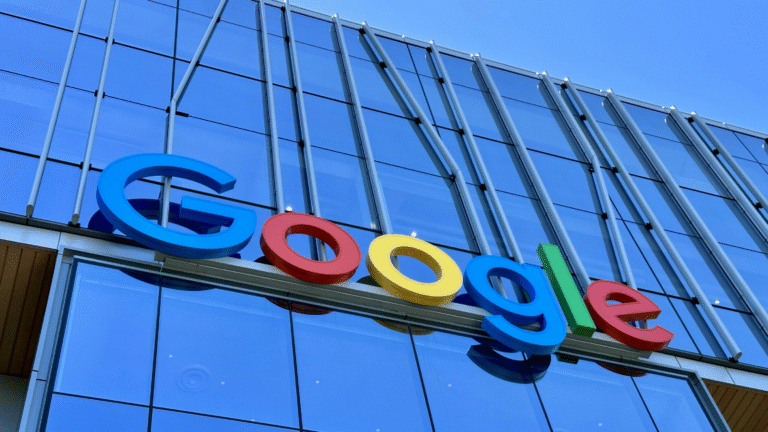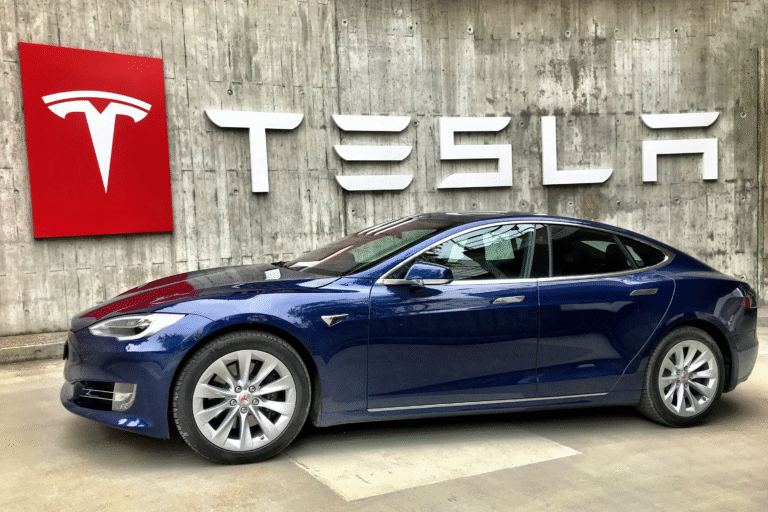
The global wine industry, valued at over $339 billion, is undergoing a period of transformation. While the core product – wine itself – remains the same, consumer preferences, distribution channels, and marketing strategies are evolving rapidly. To navigate this dynamic landscape, wine businesses must embrace new trends and adapt their approaches to stay competitive. Here’s a closer look at some key trends shaping the future of the wine industry:
1. Premiumization with a Twist:
While the premiumization trend – consumers seeking higher quality wines – continues, it’s becoming more nuanced. Boutique wineries with unique varietals and sustainable practices are attracting attention. Additionally, there’s a growing interest in “natural wines” produced with minimal intervention and organic or biodynamic grapes.
2. E-commerce on the Rise:
Wine sales through e-commerce platforms are steadily increasing. This shift offers convenience for consumers and allows wineries to reach a wider audience, particularly in geographically distant markets. However, the competition in the online space is fierce. Wineries need to develop strong e-commerce strategies, including user-friendly websites, engaging social media presence, and streamlined online ordering processes.
3. Direct-to-Consumer (DTC) Model Gains Traction:
The rise of DTC sales allows wineries to bypass traditional distributors and connect directly with consumers. This model offers greater control over brand messaging, pricing, and customer relationships. However, building a successful DTC platform requires significant investment in marketing, logistics, and customer service.
4. Diversification is Key:
Wineries are increasingly looking beyond traditional still wines. Sparkling wines, particularly Prosecco and Rosé styles, are experiencing significant growth. Additionally, some wineries are experimenting with fruit wines, canned wine formats, and even wine subscriptions to cater to evolving consumer preferences.
5. Sustainability Takes Center Stage:
Consumers are becoming more environmentally conscious, and this extends to their wine choices. Sustainable winemaking practices, including organic viticulture, water conservation, and energy efficiency, are gaining traction. Wineries that prioritize sustainability can attract environmentally conscious consumers and differentiate themselves in the marketplace.
6. Technology Enhances the Experience:
Technology is transforming the wine industry in several ways. Augmented reality (AR) apps can provide interactive wine labels that offer information about the grape varietal, region, or winemaker. Additionally, blockchain technology can be used to track wine provenance and ensure authenticity.
7. Wine Tourism Blossoms:
Wine tourism experiences are becoming increasingly popular. Wineries are creating unique offerings like tastings with winemakers, vineyard tours, and educational workshops to attract visitors. This not only boosts revenue but also allows wineries to build stronger relationships with consumers.
8. Personalization is the Future:
Consumers are craving personalized experiences. Wineries can leverage data analytics to understand their customer base and tailor their offerings accordingly. This might involve personalized wine recommendations, subscription boxes curated based on preferences, or exclusive events for loyal customers.
9. Focus on Storytelling:
In today’s crowded marketplace, a compelling brand story can be a powerful differentiator. Wineries can leverage storytelling to connect with consumers on an emotional level. This could involve highlighting the history of the family behind the winery, the unique terroir of the vineyard, or the sustainable practices employed.
10. Embracing Diversity and Inclusion:
Consumers are increasingly drawn to brands that reflect diversity and inclusion. Wineries can promote diversity in their leadership teams, marketing materials, and partnerships with minority-owned vineyards or distributors. This not only resonates with a growing segment of consumers but also fosters a more inclusive industry.
By staying abreast of these evolving trends and implementing innovative strategies, wine businesses can navigate the changing landscape and secure their place in the future. The key lies in understanding consumer preferences, embracing technology, and crafting a unique brand story that resonates with a discerning audience. From premiumization with a twist to personalized experiences, the future of wine is brimming with exciting possibilities.











